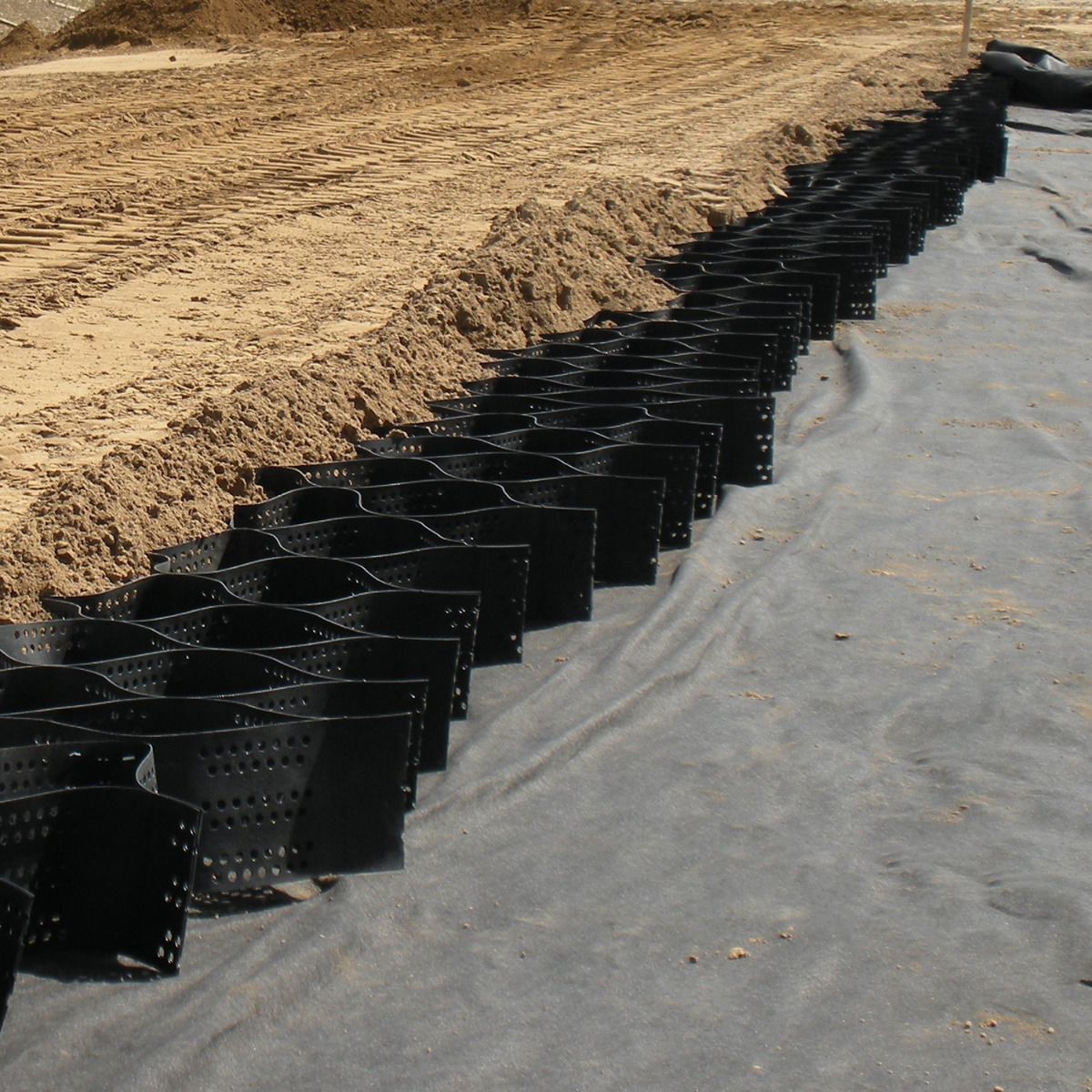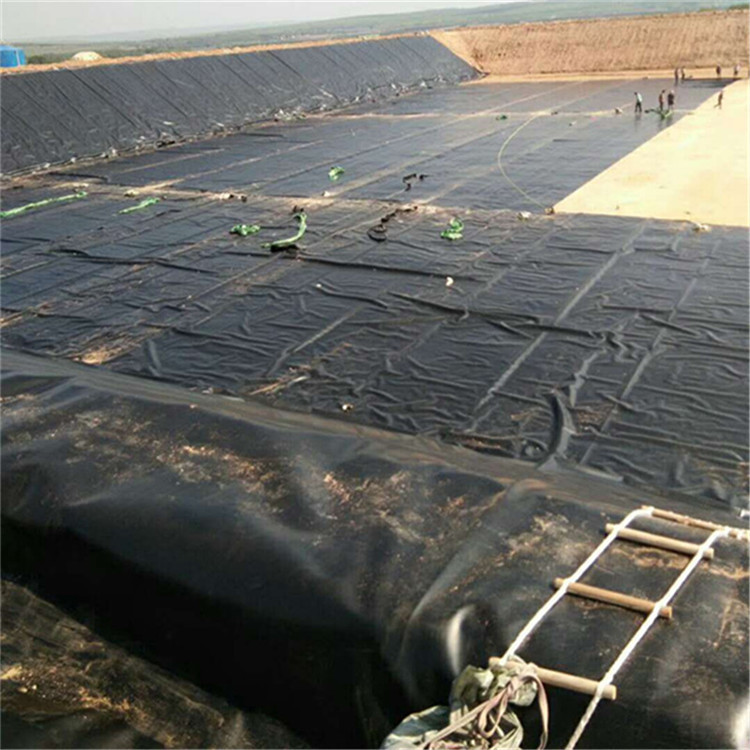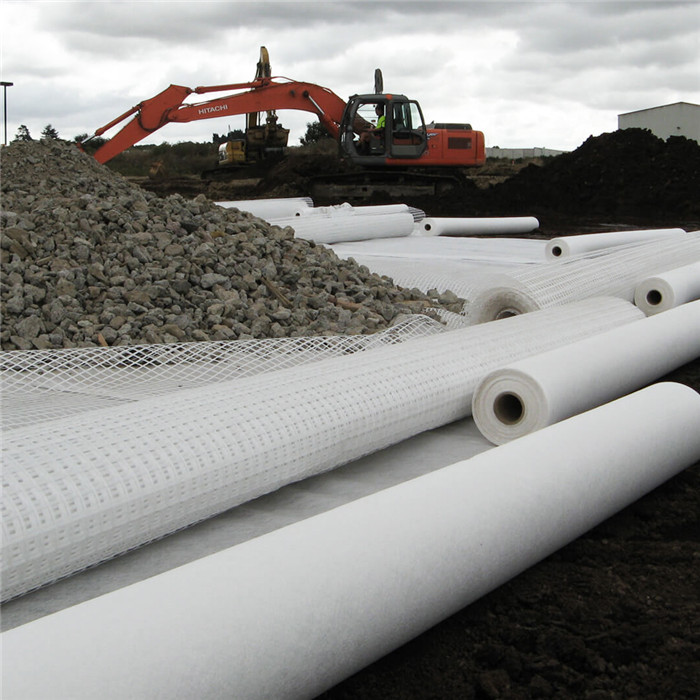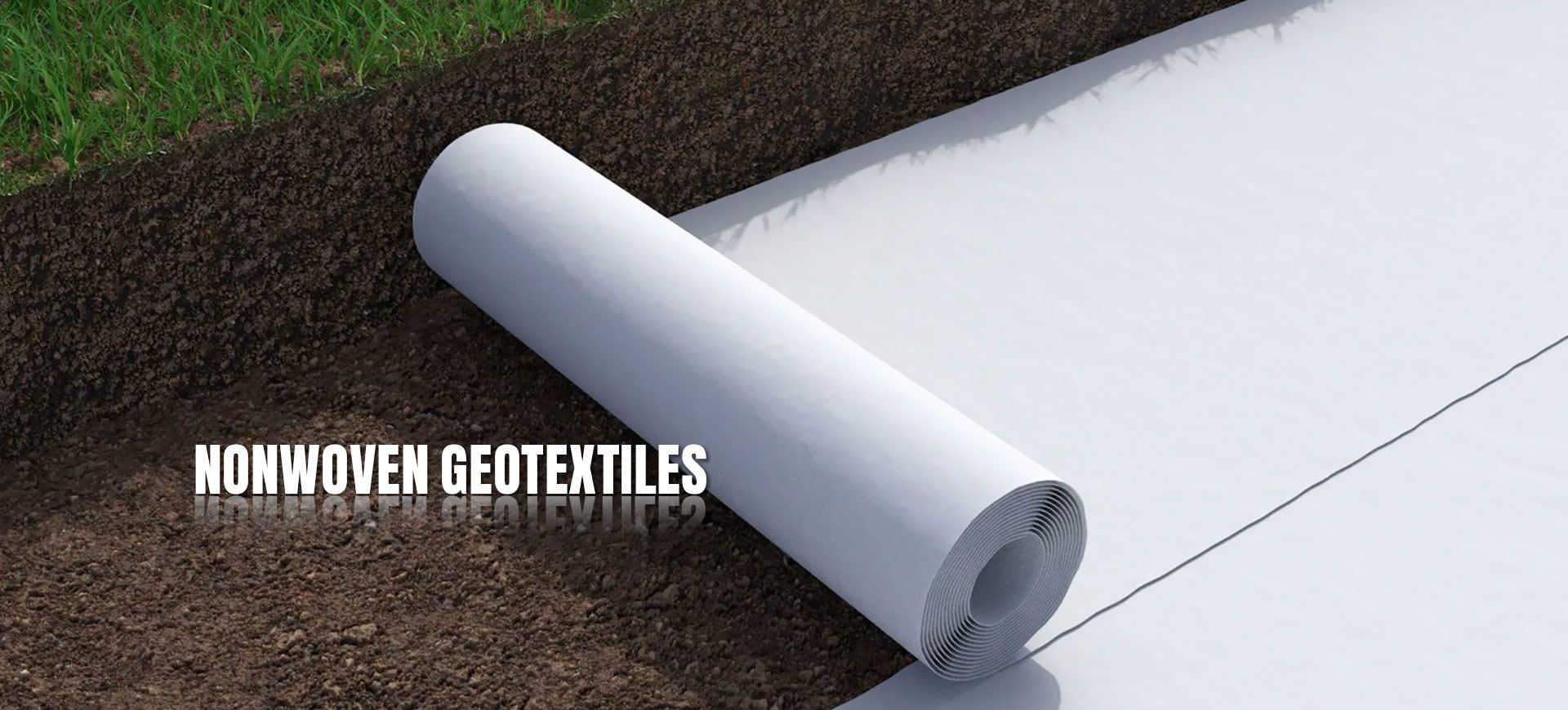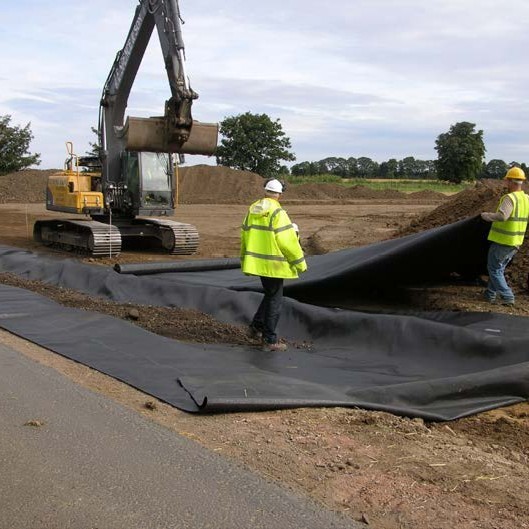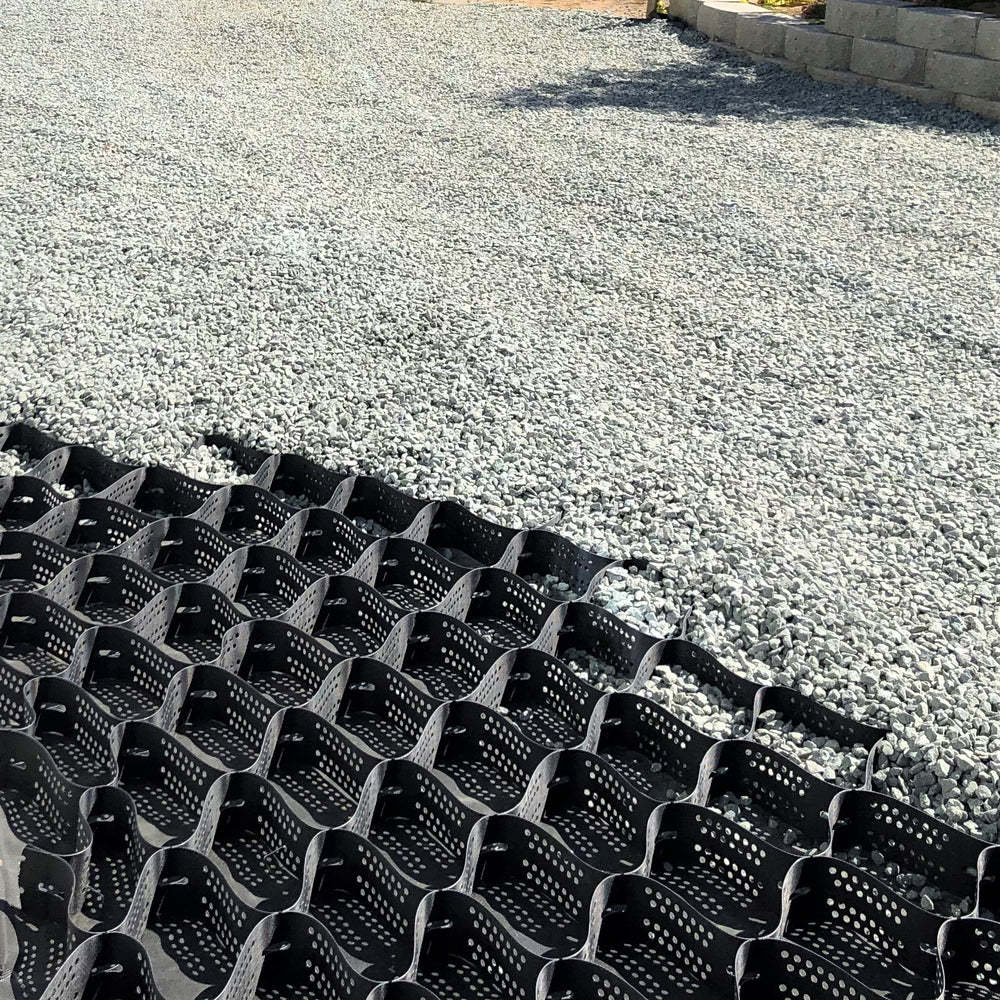Construction of Geocell Farms: A Step-by-Step Guide
Release time:
Aug 04,2025
Geocells (also known as cellular confinement systems) are three-dimensional honeycomb-like structures made from high-density polyethylene (HDPE) or other polymeric materials. They are widely used in agriculture to improve soil stability, prevent erosion, and enhance crop growth by reinforcing the ground.
1. Introduction
Geocells (also known as cellular confinement systems) are three-dimensional honeycomb-like structures made from high-density polyethylene (HDPE) or other polymeric materials. They are widely used in agriculture to improve soil stability, prevent erosion, and enhance crop growth by reinforcing the ground. This article outlines the key steps for geocell installation in farm applications.
2. Benefits of Geocells in Farming
Soil Stabilization: Prevents soil erosion on slopes and embankments.
Improved Load Distribution: Reinforces soft soils, allowing for better machinery movement.
Water Retention: Helps maintain moisture in arid regions.
Vegetation Support: Promotes root growth by preventing soil displacement.
3. Materials & Tools Required
Geocell panels (expandable, typically 5–30 cm in height)
Anchoring stakes (metal or plastic)
Geotextile fabric (optional, for additional filtration)
Soil or gravel fill
Hammer or stake driver
Utility knife or scissors
Compaction equipment (manual or mechanical)
4. Step-by-Step Construction Process
Step 1: Site Preparation
Clear the area of debris, rocks, and vegetation.
Level the ground to ensure even geocell deployment.
If needed, lay a geotextile fabric to improve filtration and prevent soil mixing.
Step 2: Geocell Expansion & Placement
Unroll the geocell panels and stretch them to their full honeycomb shape.
Secure the edges with stakes to prevent movement during filling.
For slopes, align geocells perpendicular to the slope direction to maximize erosion control.
Step 3: Anchoring the Geocells
Insert stakes at regular intervals (typically 0.5–1 m apart) to fix the geocells firmly to the ground.
Ensure stakes penetrate deep enough to withstand wind and water forces.
Step 4: Filling the Geocells
Fill the cells with soil, compost, or gravel depending on the application:
For crop farming: Use nutrient-rich soil mixed with organic matter.
For erosion control: Use gravel or compacted soil.
Compact the fill material to enhance stability.
Step 5: Vegetation (Optional)
If planting grass or crops, sow seeds directly into the filled geocells.
Lightly cover with additional soil and water regularly for optimal growth.
5. Maintenance Tips
Inspect geocells periodically for damage or displacement.
Re-stake loose sections if necessary.
Replenish soil or gravel if erosion occurs.
6. Conclusion
Geocells provide an efficient and sustainable solution for soil stabilization in farming. Proper installation ensures long-term durability, improved land productivity, and reduced erosion. By following these steps, farmers can enhance their land’s structural integrity while supporting healthy crop growth.
Keywords: Geocell construction, soil stabilization, farm erosion control, geocell installation, agricultural geosynthetics.
Would you like any modifications or additional details on specific sections?
News
Key Advantages of Geocells for Railway Subgrade Reinforcement
Geocells, a three-dimensional cellular confinement system, offer significant advantages for stabilizing and reinforcing railway subgrades. Their unique structure provides a robust solution for challenging soil conditions.
Application of Geotextiles in Tunnel Anti-Seepage Construction
Geotextiles are widely used in tunnel engineering for their excellent anti-seepage, filtration, and drainage properties.
Construction of Geocell Farms: A Step-by-Step Guide
Geocells (also known as cellular confinement systems) are three-dimensional honeycomb-like structures made from high-density polyethylene (HDPE) or other polymeric materials. They are widely used in agriculture to improve soil stability, prevent erosion, and enhance crop growth by reinforcing the ground.


